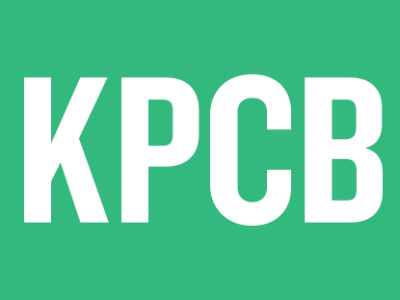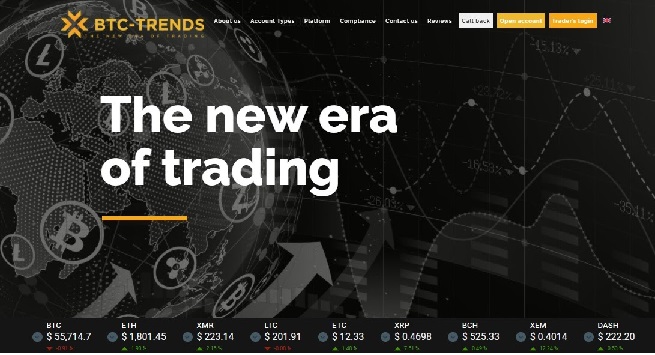The world of social media is changing fast, decentralisation being one of the most disruptive trends. CoinFox takes a closer look at four decentralised social media platforms to see what makes them stand out.
Speaking at the Scottish Blockchain Meetup early in June, blockchain theorist William Mougayar emphasised that blockchain is much more than a distributed ledger. Its many characteristics manifest in multiple “personalities,” such as a cryptocurrency, a computing infrastructure, a transaction platform, a decentralised database, a distributed accounting ledger, an open source software, a financial services marketplace and a P2P network. Its multifaceted nature and many potential uses are what makes the marriage of the blockchain technology and the concept of social media so promising.
The idea of a decentralised social media platform is not new. diaspora*, self-described as a “privacy-aware, decentralized social network which puts users in control of their data security,” celebrated its first anniversary as a community-run project in August 2013 (while the development started as early as 2010) and saw its latest version (0.5.10.1) released only a week ago, on 28 June 2016.
diaspora*
YouTube user Siraj has deemed diaspora* unsuccessful, while the activist Katharina Nocun cites it as an alternative to centralised social media networks such as Facebook, speaking at Decentralize: A Journey Through the Independent Web. The event was hosted on 16 June 2016 by Sónar+D and Austrian festival Elevate as part of the project “We are Europe.”
In her talk, Nocun raised the questions of privacy and control over users’ data and criticised Facebook saying it is not the only, nor the best social media network out there, and in fact an advertisement company rather than anything else.
AKASHA
Speaking of diaspora*, Nocun touched upon the issues of privacy and censorship, the two key questions that have inspired a number of decentralised social media projects. For instance, Ethereum-powered AKASHA has been motivated by its creators’ belief that “freedom of expression, access to information, and privacy are fundamental human rights that should be respected on the Internet as well as in real life.”
AKASHA was announced on 3 May 2016, when sign-ups for the alpha release were advertised for the first time. The beta release is planned for the final quarter of 2016. It is a social media network and a publishing platform that uses the Ethereum blockchain to record its content. Besides, it has implemented an incentivising mechanism that bundles voting on the platform with micro transactions and mining, thus allowing users to earn rewards in ether for quality content and facilitating mining at the same time.
In this sense, AKASHA shares several essential features with Steemit, another decentralised and incentivised social media platform, which has been making the headlines in the past couple of months due to its unprecedented growth and rapidly expanding user community.
Steemit
Unlike AKASHA, Steem is built upon its own blockchain and rewards users with its own cryptocurrency. It is driven by the same concerns as those expressed by Katharina Nocun and AKASHA’s creators: it focuses on the freedom of speech, elimination of advertising from social media and rewarding of users who create high-quality content, or act as curators, and thus ensure that the platform offers its readers a worthwhile experience.
The success of Steemit is due, among other things, also to the ability to engage users in advertising the new platform through all possible channels. A good example of their advanced marketing strategy is the publication of the ebook Steemit 101: Discover How to Make Money and Haven Fun on the Social Media Site that Pays YOU to post and Vote on Content. The work was written not by the Steemit team but by four members of the community who claim to have earned “several thousand dollars for posting content that became popular” within their first month on Steemit. Their names are Tom Janowicz, Renaud Gagne, Leah Stephens and Richard Kaplan.
The authors of Steemit 101 also criticised corporate-owned and controlled centralised social media and singled out Facebook as the most notorious example of all that:
When big companies come calling, Facebook and other social media sites are only too happy to sell them data they have gathered on their own users. They gladly sell advertising to these companies. Advertising is content that someone has paid to put in front of you. And Facebook is happy to let big corporations dictate the content that Facebook’s users see first. …Why would Facebook and other social media sites sell out their users this way? Even if the Facebooks of the world began as tiny, innocent startups with good intentions, they now are owned by mega-banks, corporations and rich individuals. These owners and shareholders demand constant growth and increased profits; truth and privacy are lower priorities. …In their world, people are money. Users are a commodity to be mined for information…
The alternative, that is Steemit, has been described in almost utopian terms:
Imagine a social media site that rewards people and not greedy shareholders. …Steemit is controlled ONLY by its community members. There is no agenda. Most certainly, there is no large corporation or government calling the shots. …We still believe in the free and open market place of ideas. We believe that when differing opinions are allowed to compete against one another, everybody learns more about those issues and perspectives. Everybody has a chance to discuss and debate ideas. May the best idea win, and may everyone treat each other with respect and understanding.
While Steemit is very much about creating an autonomous, free and safe space for discussion and self-expression, and should not be viewed simply as “a money-making opportunity,” its economic model is what sets it apart from other similar initiatives, says its CEO and co-founder Ned Scott as quoted by Core Media:
There are many great projects in the blockchain and social media space, but Steemit is different in that it brings a new economic model to the table. The model is a sort of fountain of youth, similar to the mining rewards of Bitcoin, rather than a tipping or revenue sharing model. Steemit users are rewarded by the Steem blockchain itself. The blockchain tallies posts by their votes and then rewards the best poster and their voters accordingly. Because of this, Steemit can be an ad-free, decentralized social media platform where anyone can get rewarded just by posting or finding good content.
diaspora* again and Synereo
There is, however, at least one major difference between Steemit and other decentralised social media projects such as diaspora* and Synereo, and it concerns the focus on privacy. At the moment, to sign up for Steemit, one needs an existing Facebook or Reddit account, which in a way is not entirely square with the criticism of Facebook one encounters in Steemit 101. As explained in Steemit 101, there is a backdoor method to create a Steemit account without being a Facebook or Reddit user. This method requires payment of a small registration fee. While more signup options are promised in the future, currently, when choosing to sign up with another social media account, one cannot opt out of sharing their profile data including profile picture, gender and age.
diaspora* and Synereo, by contrast, allow the user to create a completely different identity, to be whatever they like and construct themselves in whatever way they prefer, thus presenting a major focus on privacy as opposed to Steemit’s focus on incentivising.
In their presentation to the public, Synereo offered yet another feature setting them apart them from other similar projects, namely their lack of manifesto, as declared in the white paper:
…There is something missing from a social network that primarily serves up a manifesto with their service. …The manifestos represent an attitude, not a plan. They ask their audience to trust them, and that’s not what the intended audience actually wants to hear. We believe that this is what the market wants: not just the hackers and cryptonerds, but people who are concerned enough about the current situation that they are backing just about anything that looks like a viable alternative to the centralized incumbents. We believe that the major success of the Internet and then the world wide web was its distributed DIY approach to building and maintaining a communications infrastructure. The success of each of these developments was that ordinary people could add their computers and stand up their own websites and show the world what they had to offer.
Synereo also relies on the distributed ledger technology and issues a cryptotoken called AMP. AMPs are used to draw more attention to a post and thus amplify the power of its message. Moreover, Synereo has a specific focus on what it dubs “the attention economy,” thus shaping users’ experience according to their specific interests.
In her talk, Katharina Nocun emphasised the role of monopolies in centralised social media and the importance of creating a competitive environment. diaspora*, AKASHA, Steemit and Synereo represent just a selected few among multiple new decentralised social media initiatives and their example shows that the d-space is truly the one introducing competition as an engine for improvement in the social media market.
Diana Bogdan
















